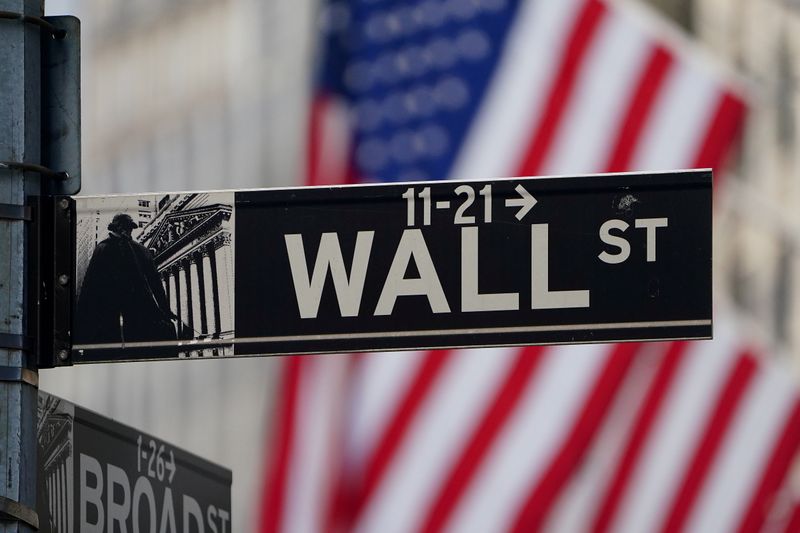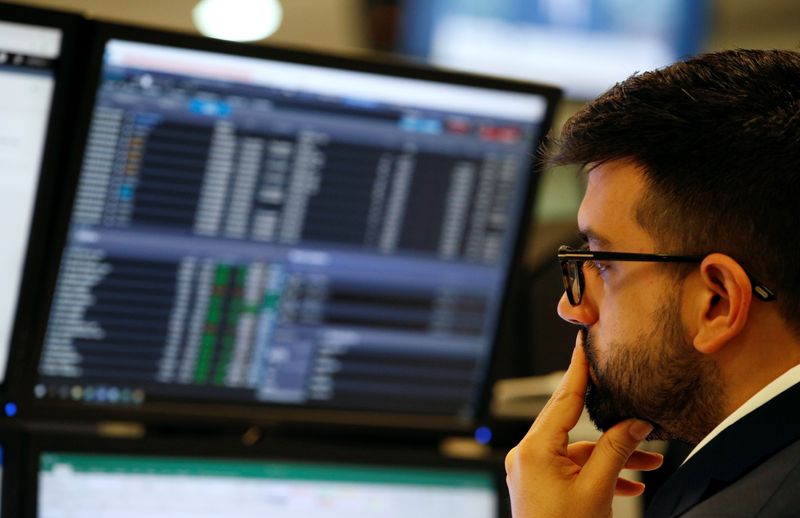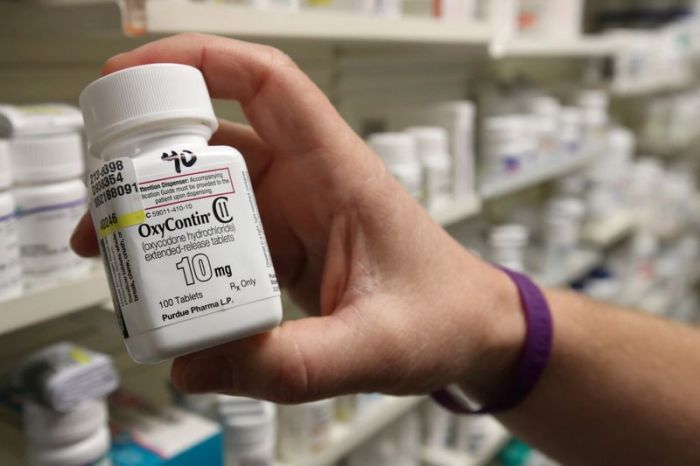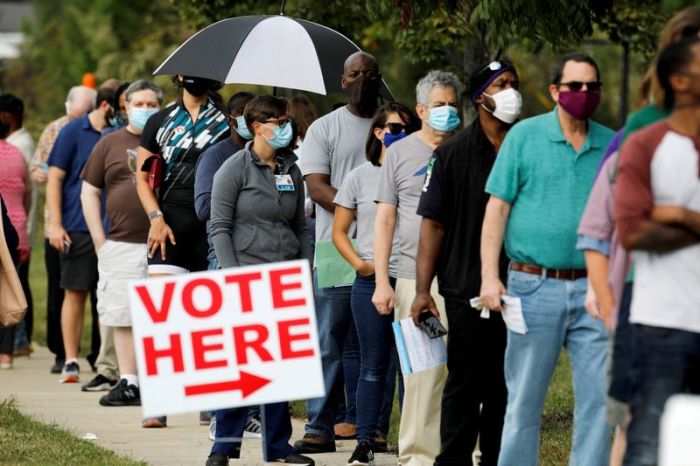NEW YORK (Reuters) – Global stocks sought direction on Wednesday, while gold hit a one-week high and the dollar fell to a six-week low as investors waited to see whether an agreement could be reached on a fresh U.S. coronavirus relief package.
The White House and congressional Democrats kept up negotiations on a fresh coronavirus relief bill, though their effort faced opposition in the Republican-controlled Senate, where conservatives object to the trillion-dollar-plus price tag.
U.S. House Speaker Nancy Pelosi said there was still a chance for a deal. But Senate Majority Leader Mitch McConnell privately told his fellow Republicans he did not favor a deal before the Nov. 3 presidential and congressional elections.
Some investors doubted whether a compromise could be reached.
“I’m guessing that we will see stimulus but it won’t be until the first quarter,” said Paul Nolte, portfolio manager at Kingsview Investment Management.
Equities markets could pull back between 2% to 3% if no deal is agreed, Nolte added.
The Dow Jones Industrial Average fell 0.4% to 28,210.82. The S&P 500 was 0.2% lower at 3,435.56, while the Nasdaq Composite fell 0.3% to 11,484.69.
European shares fell for a third straight session, as concerns over the economic impact of new coronavirus restrictions overshadowed encouraging earnings from consumer giant Nestle and telecoms equipment maker Ericsson.
The pan-European STOXX 600 fell 1.3% to close at its lowest in more than two weeks.
The STOXX 600 has struggled to break out of a trading range since June, when it recouped a large part of the early pandemic-driven losses. The benchmark is still about 16% below its all-time high.
London’s exporter-heavy FTSE 100 underperformed, marking its worst session in a month, hit by a surge in the pound after bullish Brexit comments.
Gold, considered a hedge against inflation, currency debasement and uncertainty, has gained more than 26% this year, driven mainly by unprecedented levels of global stimulus to cushion economies from the coronavirus-induced slump.
Spot gold jumped 1% to $1,924.73 per ounce, after touching its highest since Oct. 12 at $1,931.01 in earlier trade. U.S. gold futures settled up 0.7% at $1,929.5.
Bets on the stimulus also played out in government bond markets.
U.S. Treasury yields hit their highest levels in four months on Wednesday on expectations a deal can be reached before dropping back later in the day.
The market knows stimulus is coming one way or another, whether before or after the election, which is helping push up Treasury yields, Patrick Leary, chief market strategist at Incapital in Minneapolis.
“This steepening that you’re seeing is pricing in an eventual stimulus package, it’s also somewhat pricing in a Democratic sweep in the election,” he said.
The benchmark 10-year U.S. Treasury yield rose to 0.814%, up 6 basis points, having earlier touched fresh four-month highs at 0.84%.
The dollar fell against a basket of currencies as hopes for a pre-election stimulus package led traders to buy riskier currencies. It was last down 0.5% at 92.764.
Sterling rose to a one-week high against the dollar after the European Union’s Brexit negotiator Michel Barnier said a new trade deal with Britain was “within reach”.
The pound rose 1.7% to $1.3172, its highest since Sept. 7. The British currency also rose against the euro by 0.6% to 90.80 pence on the comments.
Oil prices fell after a surprise build-up in U.S. crude stockpiles stoked concerns about a global supply glut.
Brent crude futures for December delivery settled at$41.73 a barrel, down $1.43, or 3.3%, while December U.S. West Texas Intermediate (WTI) crude CLc1 futures settled at $40.03 a barrel, down $1.67, or 4%.
(Reporting by Matt Scuffham; editing by Jonathan Oatis and Lisa Shumaker)


























